Degenerative Disc Disease With Vacuum Phenomenon
Degenerative disc disease with vacuum phenomenon. It is a relatively common occurrence which can be observed in 1-3 of spinal radiographs and may even. A retrospective chart review was performed on every patient at the University of South Floridas Department of Neurosurgery treated with lateral lumbar. Disc degeneration disease and arthritis.
The vacuum phenomenon refers to gas formation within the disc space. Magnetic Resonance Imaging MRI is a more sensitive imaging study for the evaluation of degenerative disc disease. 6 Disc space narrowing and marginal osteophytosis of the adjacent vertebral bodies are also prominent features of this entity.
Vacuum disc phenomenon is a condition characterized by degeneration of the spinalvertebral disc over some time which occurs due to erosion of the cartilage and buildup of gas bubbles in the space occurring between and within the disc. The vacuum phenomenon is a gas collection that may originate in the intervertebral disc Figure 3. Degenerative disc disease is secondary to degenerative changes within the intervertebral disc and may also manifest the vacuum phenomenon in longstanding degenerated discs.
The gas is mainly nitrogen. This is a very rapid process and appears to be posture-dependent and often associated with segmental instability 16 17. Findings in degenerative discs include disc space narrowing endplate sclerosis vacuum phenomenon within the disc and osteophytes.
Various theories related to the pathogenesis of VP have been proposed but these theories have not been critically examined and remain hypothetical. This sudden release of the jelly portion of the disc is called a ruptured or herniated disc because the fragments can cause fairly rapid onset of pain tingling numbness or weakness. On MRI the vacuum phenomenon manifests as a signal void on both T1- and T2-WI Fig.
Intervertebral disc vacuum phenomenon Epidemiology. Pressure on nerve roots may produce numbness tingling or pins and needles sensations in the areas supplied by the nerve. It is relatively frequent in radiographs of patients with lumbar degenerative disease.
The gas is just air primarily nitrogen and can be. Features of degeneration depend on which component of the motion segment is predominantly affected and include disk space narrowing vacuum phenomenon disk desiccation vertebral osteophyte formation disk herniation and facet arthrosis but these features do not necessarily have any relationship to symptoms.
It is a relatively common occurrence which can be observed in 1-3 of spinal radiographs and may even.
The gas is mainly nitrogen. Various theories related to the pathogenesis of VP have been proposed but these theories have not been critically examined and remain hypothetical. The intravertebral vacuum phenomenon VP is usually associated with degenerative disc disease which could be related to the low back pain. This sudden release of the jelly portion of the disc is called a ruptured or herniated disc because the fragments can cause fairly rapid onset of pain tingling numbness or weakness. This results in weakness or complete inability to move the foot downward. Features of degeneration depend on which component of the motion segment is predominantly affected and include disk space narrowing vacuum phenomenon disk desiccation vertebral osteophyte formation disk herniation and facet arthrosis but these features do not necessarily have any relationship to symptoms. With an L5-S1 degenerative disc pressure on nerve roots can affect the muscles that bend the foot downward at the ankle. This commonly occurs in association with intervertebral disc degenerative. Vacuum disc phenomenon is a condition characterized by degeneration of the spinalvertebral disc over some time which occurs due to erosion of the cartilage and buildup of gas bubbles in the space occurring between and within the disc.
This results in weakness or complete inability to move the foot downward. Degenerative disc disease is secondary to degenerative changes within the intervertebral disc and may also manifest the vacuum phenomenon in longstanding degenerated discs. This results in weakness or complete inability to move the foot downward. As disc degeneration progresses nitrogen accumulates within the disc. A retrospective chart review was performed on every patient at the University of South Floridas Department of Neurosurgery treated with lateral lumbar. The gas is just air primarily nitrogen and can be. The vacuum phenomenon refers to gas formation within the disc space.







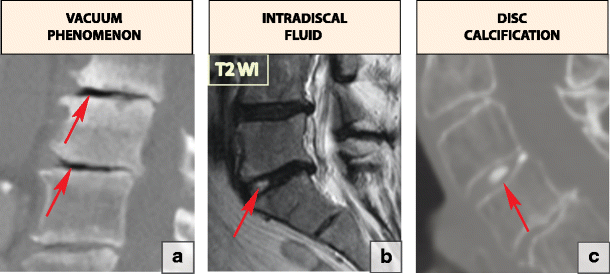
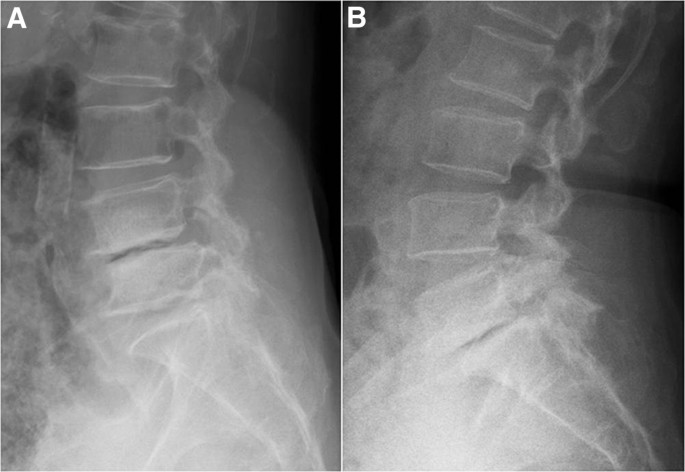


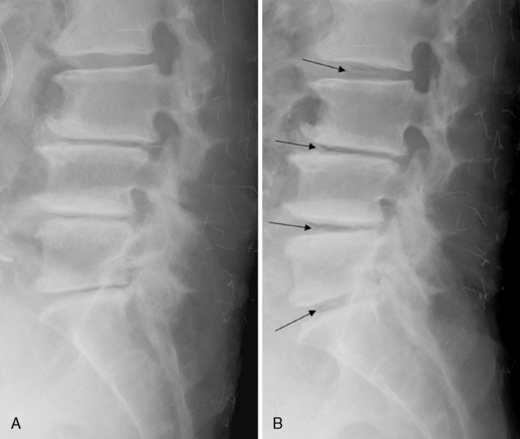
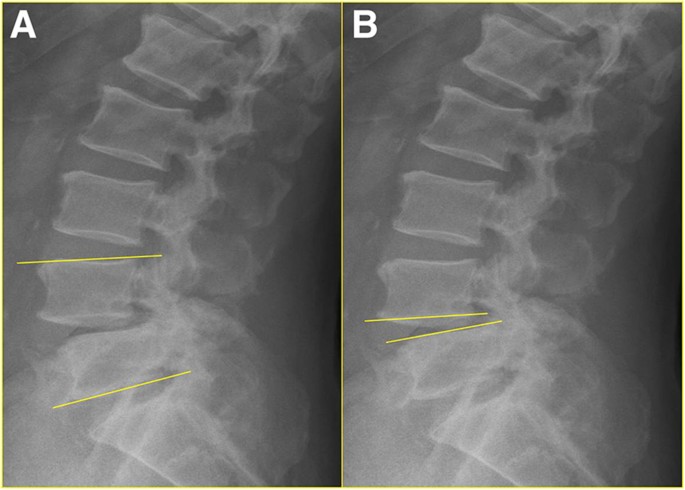




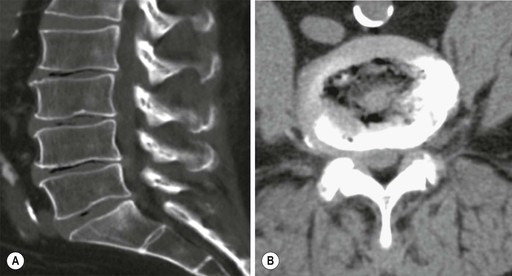
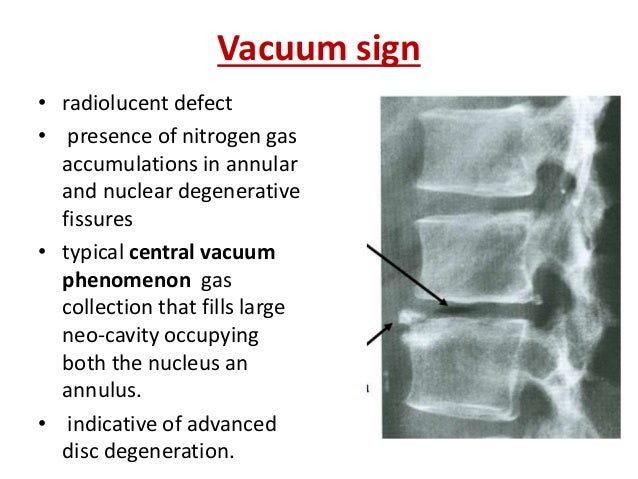




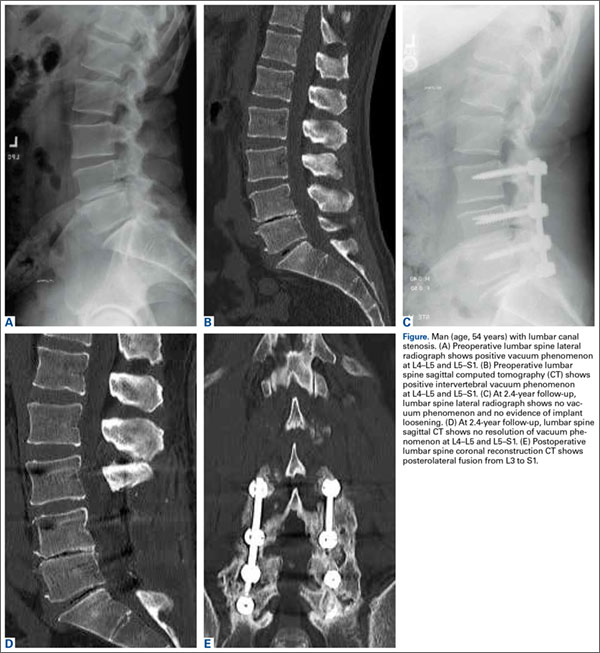




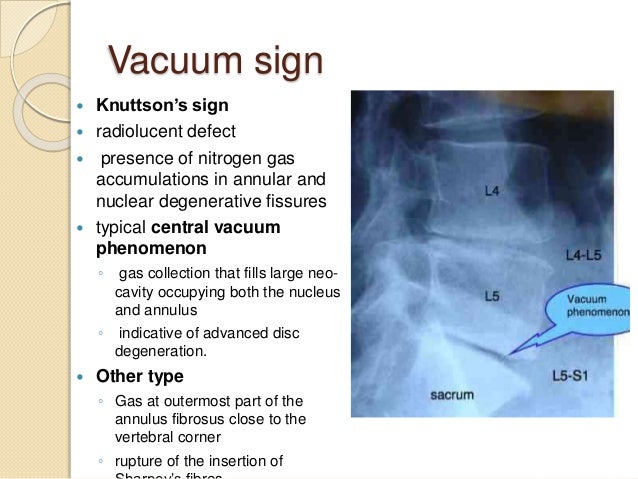







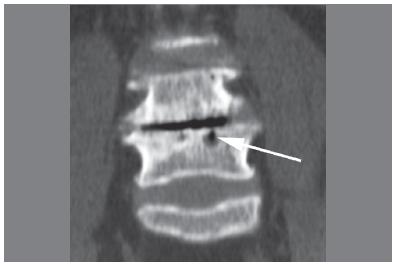



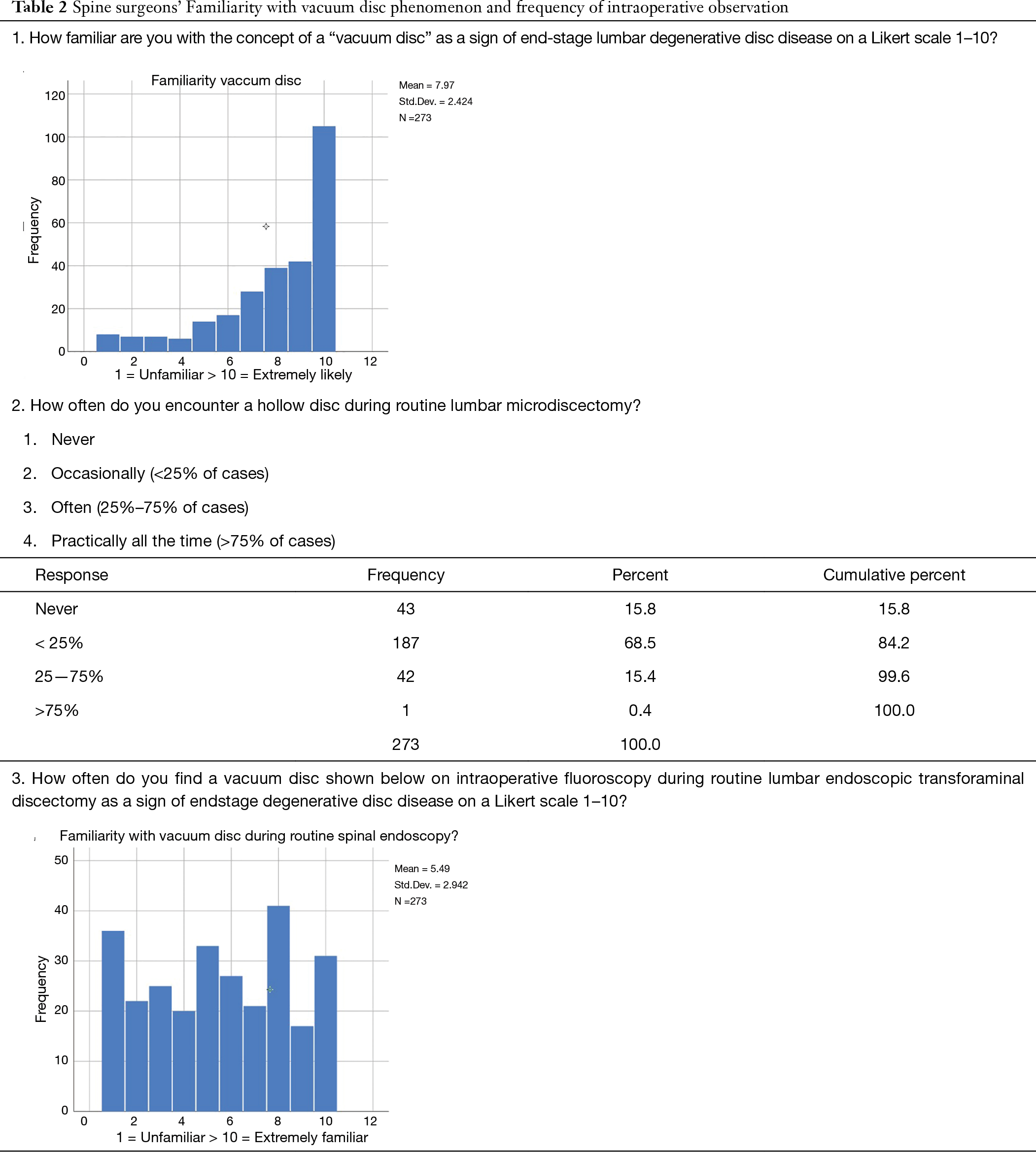
Post a Comment for "Degenerative Disc Disease With Vacuum Phenomenon"